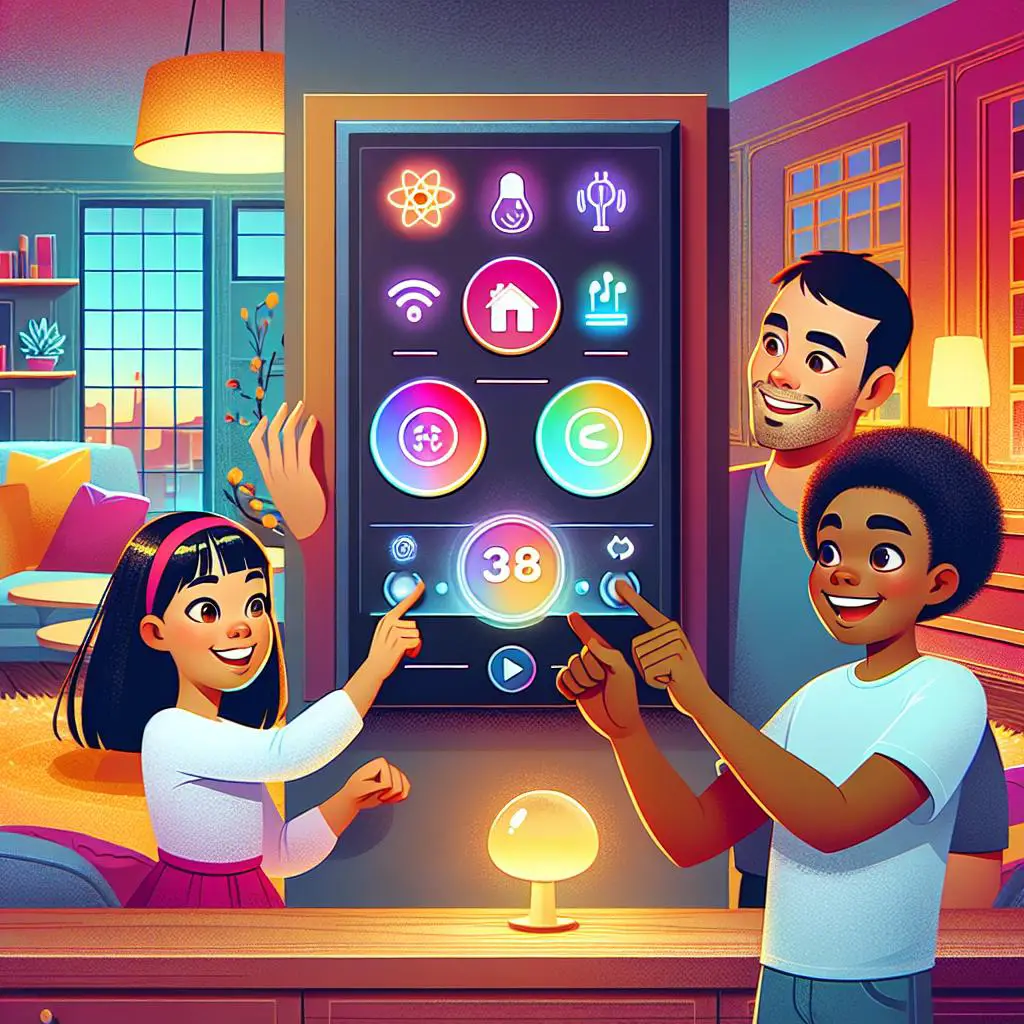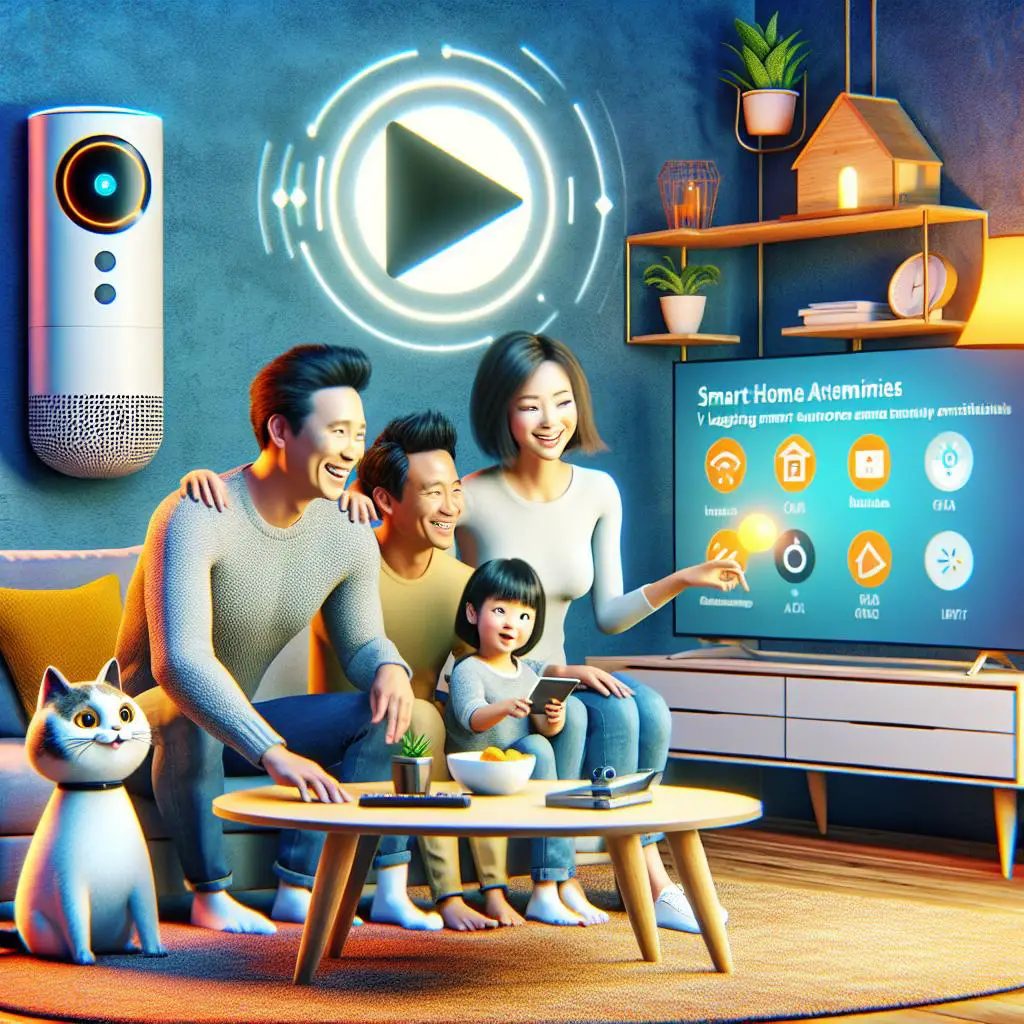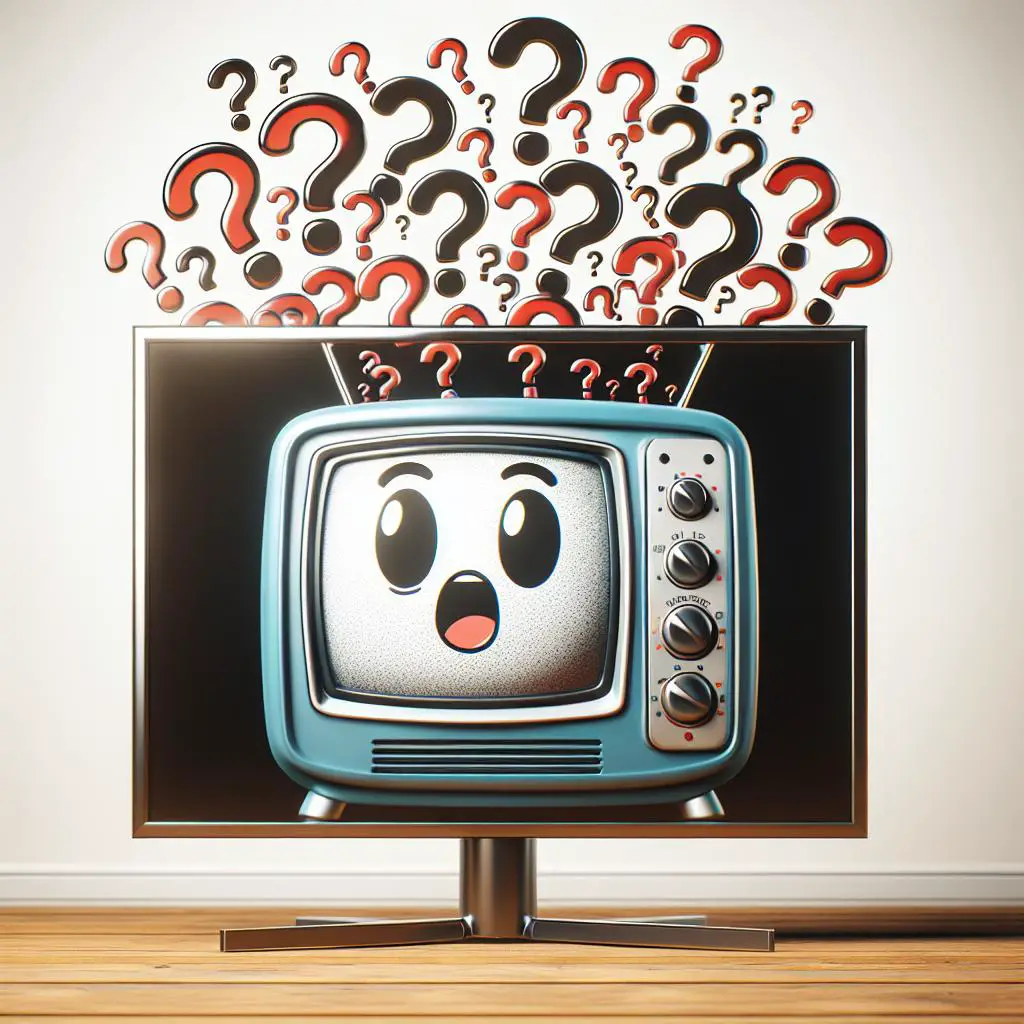Are you looking for ways to make your home smarter? Want to have an easy-to-access dashboard for all of your connected devices? Look no further! In this blog post, we’ll discuss some great ideas for setting up a home assistant dashboard. From voice activation to remote control, we’ve got the tips and tricks you need to create the ultimate smart home.
1. Auto-Entities Card
The Auto-Entities Card is an incredibly powerful feature that allows users to dynamically add entities and type cards to their Home Assistant Dashboard. This feature allows users to easily create and manage a custom list of entities in the Home Assistant lovelace cards. Additionally, the card can be used to match and hide entities based on user preferences. With this feature, it is easy to build a custom dashboard with the data you need on it. You can also use this to add a grid of your favorite entities or type cards together.
2. Weather Card
If you’re looking for even more home assistant dashboard ideas, you might consider adding a weather card. This handy tool displays the current weather in your area, along with other useful data such as temperature and humidity. You can also add custom icons to the card for an extra touch of personalization. And with the help of the Home Assistant Community Store, you can find a variety of awesome resources for automating your home, such as icon packs, themes, custom cards, and alternative dashboards. So why not take a look and see how you can enhance your home assistant dashboard with a weather card?
3. Lights One
If you’re looking to control the lights in your home, Home Assistant can be a great tool to help you get it done. With the Lights One card, you can set up your light bulbs to be turned on and off with just a few clicks. You can also group your lights together and control them as a group. You can also use automations to control the lights automatically, such as turning them on or off at certain times of the day or when certain conditions are met. With Home Assistant, you can even check the status of your lights from any device that has access to the dashboard.
4. Kitchen Area with Light Switches and Graph Cards
If you’re looking for ways to add more functionality to your kitchen, then you might want to consider setting up a kitchen area with light switches and graph cards. This will allow you to easily control the lights and monitor the temperature, humidity, and other variables in your kitchen. You can also use this area as a central control point for all of your appliances, making it easy to monitor their performance at a glance. Plus, you can customize the look of the cards to match your kitchen’s existing decor. Setting up a kitchen area with light switches and graph cards is an easy way to make your home smarter and more efficient.
5. Mobile/Tablet Adaptive Dashboard
Creating Home Assistant dashboards that are both beautiful and easy to use on mobile and tablet devices is now a reality. With the adaptive dashboard feature, you can create a responsive layout that automatically resizes to fit different screen sizes. This means that your dashboard will always look great and be easy to use regardless of the device you are using. Furthermore, you can also customize the design of your dashboard to suit your individual preferences. So, if you have a wall mounted standard tablet, you can choose to make your home assistant dashboard fit the device perfectly.
6. Automatically Generated Home Assistant UI Dashboard
If you’re looking to take your home assistant dashboard to the next level, you should look into Dwains Lovelace Dashboard. It’s an integration with Home Assistant that automatically generates a UI dashboard for your desktop, tablet, and mobile devices. With this integration, you’ll be able to quickly and easily manage your home with a single tap of the finger. Additionally, you’ll be able to customize the look and feel of your dashboard with various themes and plugins. And if you’re a developer, you’ll be able to take advantage of its powerful APIs for creating custom cards for your dashboard.
7. Historical Data of Temperature/Humidity in Refrigerator
Home Assistant is a great tool to store sensor data and monitor long-term trends. With its ability to store data for a wide range of sensors, it can also be used to track the temperature and humidity in your refrigerator. This is a great way to get an understanding of how your refrigerator is performing over time. You can use the data to refine what settings are best for your needs and save money in the long run. To set this up, you can use Home Assistant integration for wireless SensorPush temperature and humidity sensors. These sensors will provide the sensor’s temperature, humidity, and battery status and can synchronize historical data over Bluetooth when nearby an open network. With this data, you can plot the temperature of your fridge-freezer, pet home or fermenting wine on a history graph in Home Assistant and easily take a look at this data over longer periods.
8. Custom Cards for Home Assistant Dashboards
If you want to take your Home Assistant Dashboard to the next level, custom cards are the way to go. With custom cards, you can add dynamic content to your dashboard that can be tailored to your personal preferences. You can create a variety of cards from weather to music, from lights one to calendar, from kitchen area with light switches and graphs to mobile/tablet adaptive dashboard. Furthermore, you can create a custom state definition with customizable color, automatically generate a Home Assistant UI dashboard, and even track the historical data of temperature/humidity in your refrigerator. With mushroom cards, you’ll have a minimalistic and beautiful set of cards that you can add to your Home Assistant dashboard. And with wall-mounted standard tablets, you’ll have an even more immersive experience with your Home Assistant dashboard. This is only scratching the surface of all the possibilities custom cards open up for Home Assistant Dashboards.
9. Wall Mounted Standard Tablets
If you want a truly smart home, you need to have a wall-mounted tablet. But which tablet is best for your Home Assistant dashboard? You can find out easily as there are many tablets to choose from. For example, a cheap Android tablet can be used to run Home Assistant’s Lovelace Mobile Dashboard. It also allows you to fully dim the screen until something crosses its camera path and then it lights up. Moreover, some wall mounts are available in the market to make it easier for you to mount the tablet on the wall and enhance its convenience. So, with all these features, you can get a great wall-mounted tablet that works seamlessly with your Home Assistant dashboard.
10. Dark Teal Theme
If you’re looking for a darker and more mysterious vibe for your Home Assistant dashboard, then you should check out the Dark Teal theme. This theme is perfect for those who want to give their home assistant dashboard a more cyberpunk look and feel. With this dark teal theme, you can customize the look of your Home Assistant UI and make it fit in with your existing home décor. You can also easily add custom elements to your Lovelace UI with this theme and create a truly unique Home Assistant UI that is tailored to your needs.


